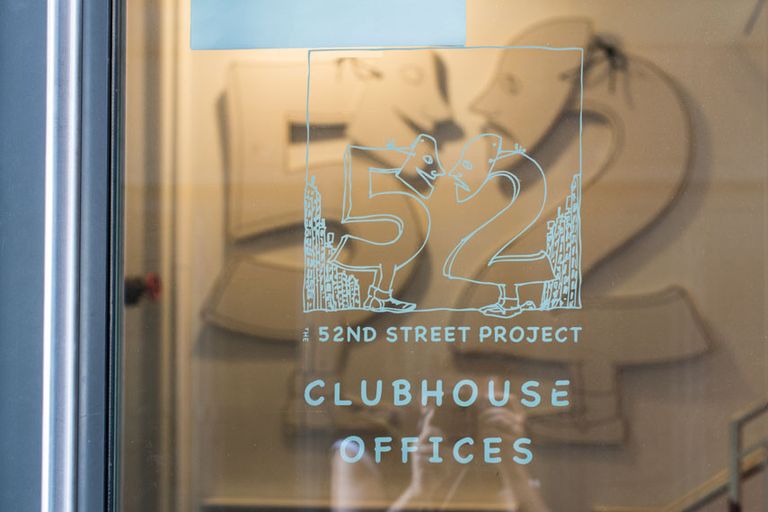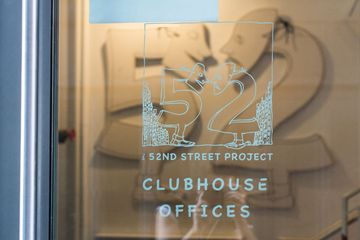“INTAR is a beacon for all Latino artists in New York, ” said Artistic Director Lou Moreno, who was raised in Colombia and naturally gravitated toward the theater when he arrived in Manhattan at the age of twenty-one. At the time, INTAR was still under the management of its founder, Cuban immigrant Max Ferrá. Max created the institution out of a passion for all international art, with a special focus on Latinx work. More broadly, however, “Max was driven by beauty. He always challenged us to find the beauty in everything we did at the theater. ” His successor, Cuban-American playwright Eduardo Machado, sought to continue Max’s vision by producing plays in any venue he could rent as INTAR lacked a space of its own. Lou had been affiliated with INTAR since his first job running the light board in the 1990s. He did acting, directing, and some design before joining as Eduardo’s associate artistic director. When Eduardo departed the business in 2010, Lou took over the reins and endeavored to transform the theater and lift it out of debt. He converted the rehearsal studio on 52nd Street into a workshop space, complete with risers and a full lighting grid, and switched INTAR’s focus to developing new dramatic and musical theater productions. “I tried to honor what Max felt the theater should be. ”To Lou, establishing their own place for performances rather than renting outside theaters was a logical choice: “I can either rent and spend money paying landlords or I can spend the money on the actors. ” Once the unions got behind him, they finalized INTAR’s space within nine months and were able to put on their first show. Since then, the theater has produced about fifteen plays and developed new programming to support fledgling artists. “The heart of INTAR is based on this community of artists, so our organization will never truly die. Our artists constantly feed us, and we try to feed them. ”Though Lou longs for the day when INTAR will no longer be necessary to push Latinx work into the mainstream, he is thrilled to see a shift in the industry in recent years. “We spent so much time chasing the American theater that now we are finally at a time that they are chasing us. ”





